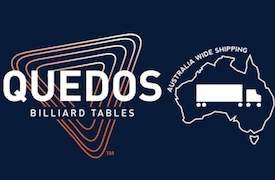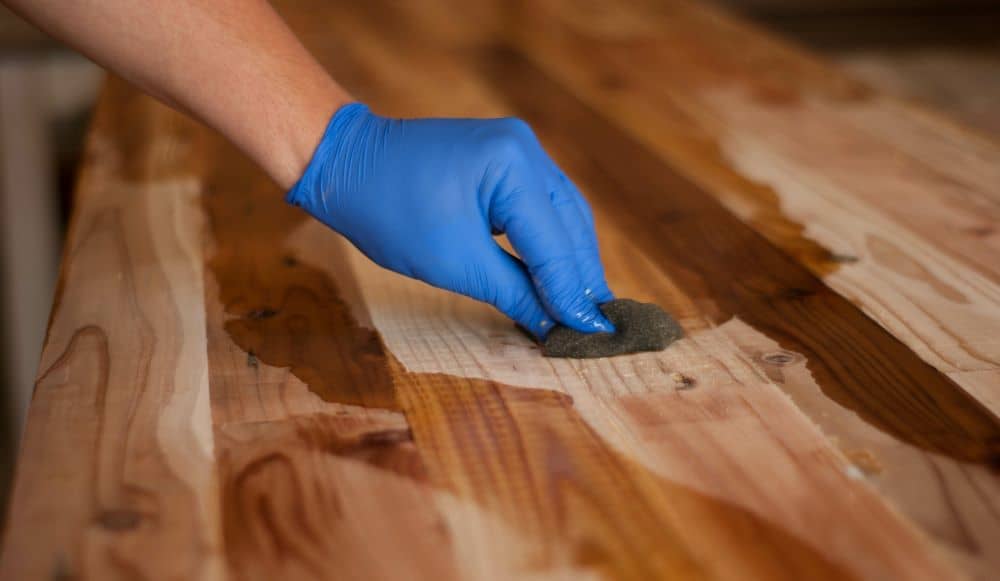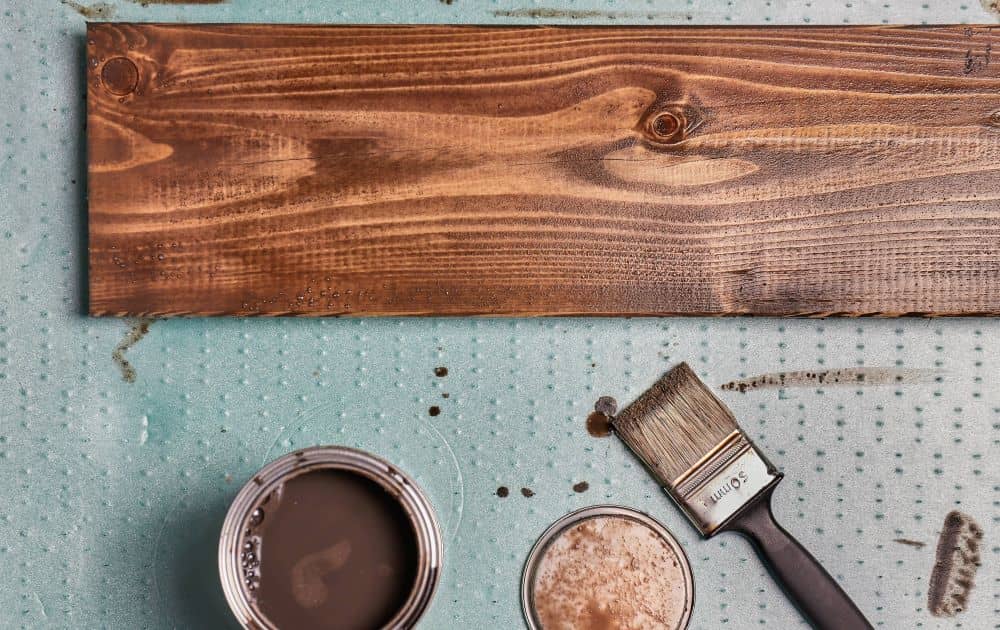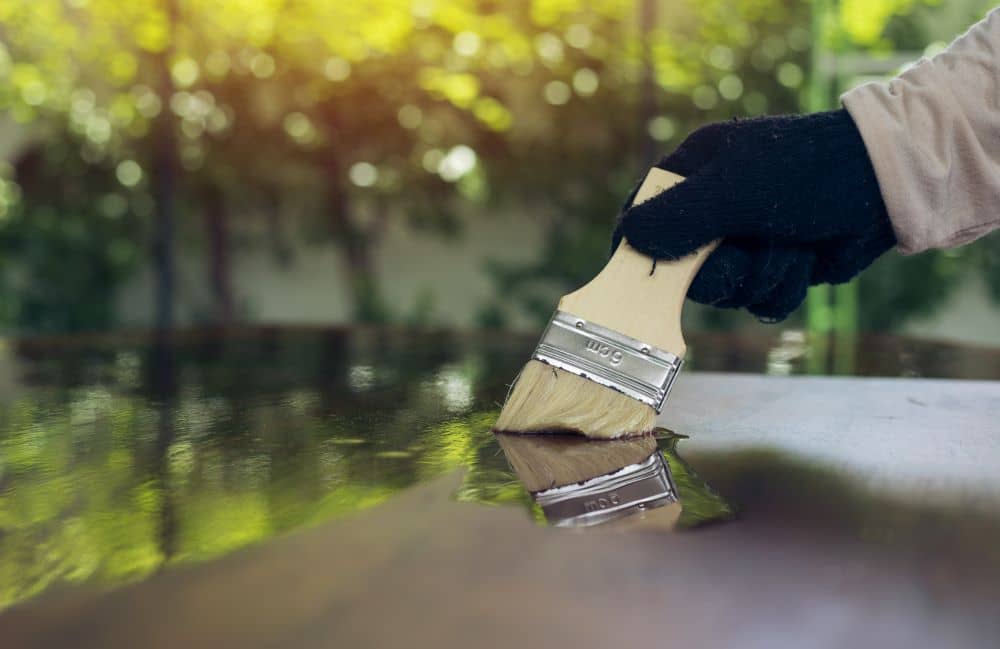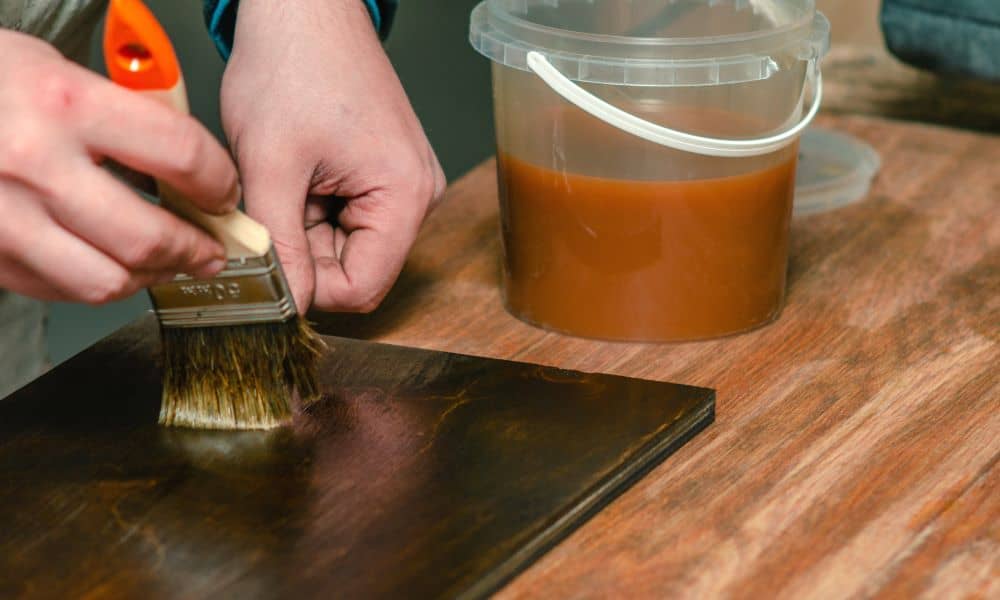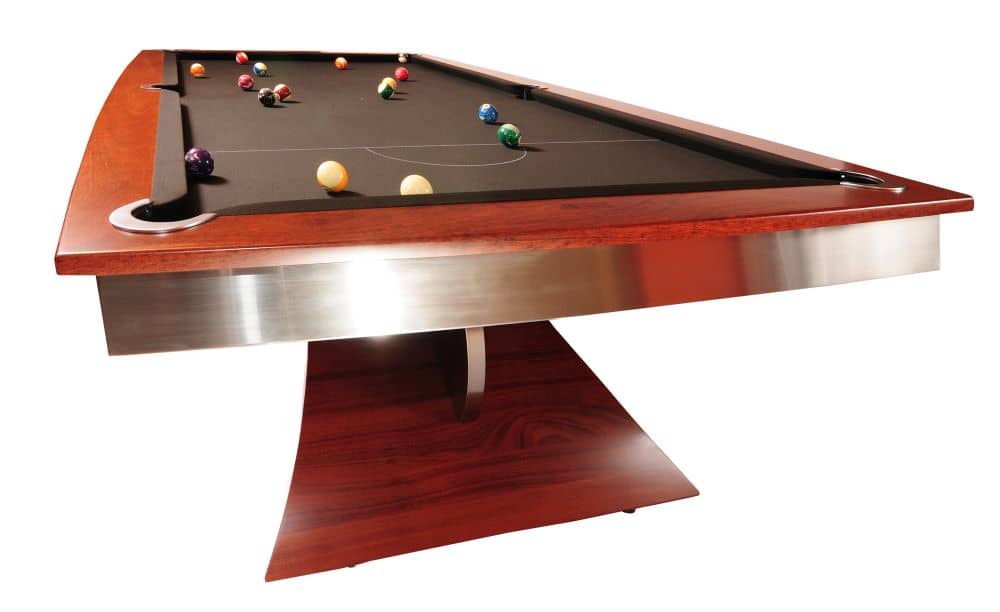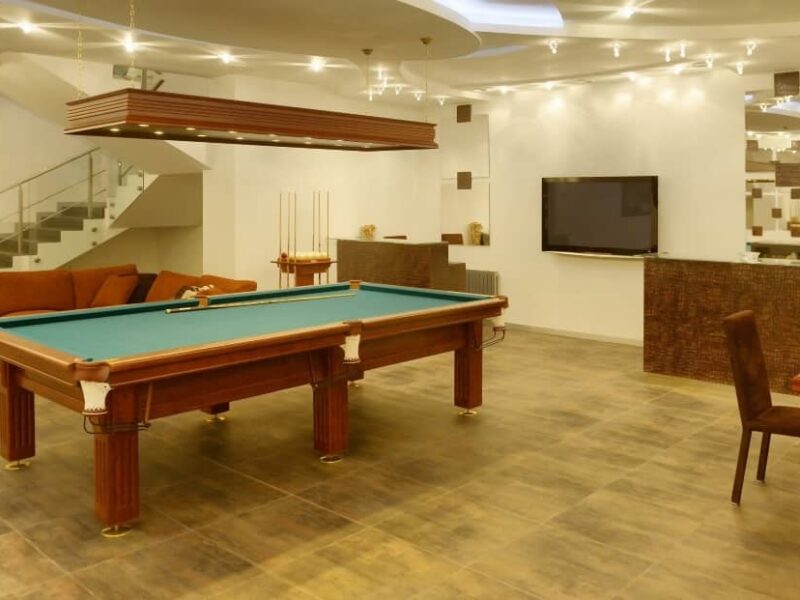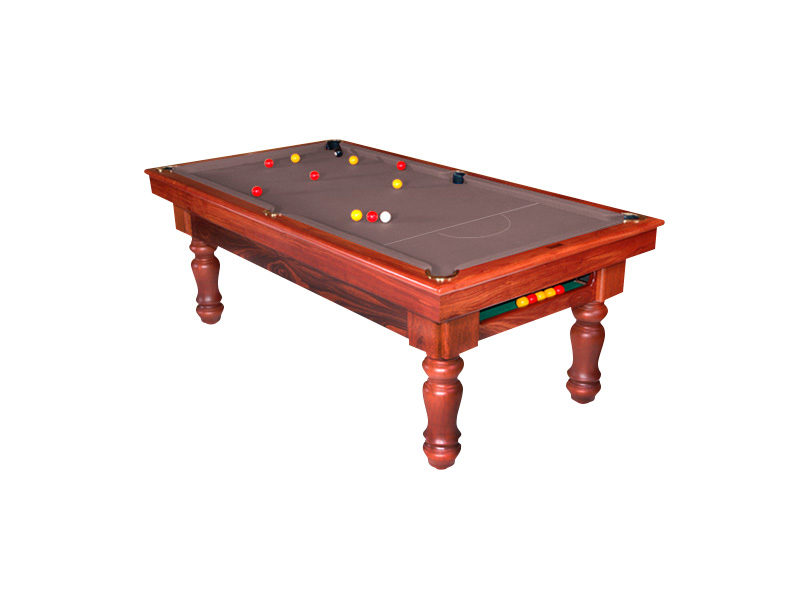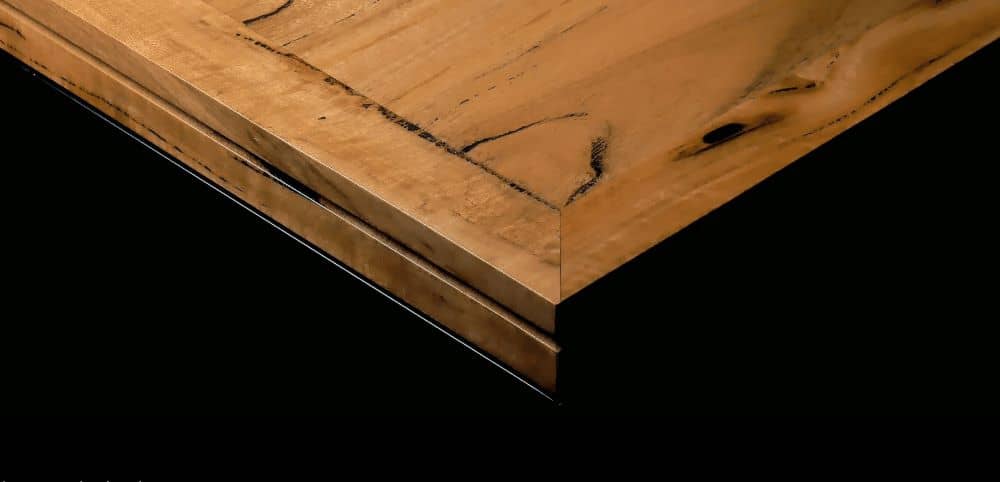
Choosing the Right Timber Finish
Finishing timber is the process of ensuring the wooden surface is more refined and protected. It marks the final stage of the manufacturing process. Through finishing timber, the surface of the wood gets desirable characteristics from its appearance to moisture resistance. When wood is finished, it is easier to clean. Sanitisation is straightforward because all pores are sealed, which keep bacteria away.
The process can be a little tricky since it requires careful planning to achieve the outcome you desire. Planning begins in the design phase. It’s essential to take proper caution, particularly when it comes to the edges of the furniture. They should be rounded to make sure everything is adequately coated. In doing so, it guarantees that the furniture can fight off any cracking and wear.
One thing that you have to know is that all pieces of furniture need a finish. It does not matter if it is a new or old piece. However, there is no specific type of finish that works for all situations. There are at least 10 timber finishing varieties that exist, as well as dozens of brands available.
In this blog post, we will go more in-depth about the types of timber finishes. We will talk about what these timber finishes are and their advantages over the others. Each finish comes with benefits and drawbacks. Some look better, but beauty should be balanced with durability and maintenance. This guide will help you determine which type of finish works best for the furniture piece you plan to buy or process.
There are two categories of wood finishes: penetrating and surface finishes.
Penetrating Finishes
A penetrating finish is easy to apply. It gives the wood a natural look compared to the other type. A finish is categorised as penetrating when the chemical dries inside the wood. Here are the most common types of penetrating finishes, along with their information:
1. Oil
Most woodworkers and designers pick oil when it comes to a timber finish. It has existed for hundreds of years, mainly because it has proven how effective it is in protecting all wood species. A huge bonus is that it brings out the natural beauty of timber.
Two of the most popular types of oil finishes are linseed and tung. They are drying oils, which have variants that do not emit volatile organic compounds (VOCs). Oil finishes can penetrate timber successfully. When the oil dries, it leaves a very thin film, leaving the wood to look precisely how it should. It also dries quickly as the oil molecules come in contact with air.
Using oil as timber finish requires the product to be hand-rubbed. This procedure gives the wood a natural and rich finish, showcasing the wood grains even more.
With oil finishes, furniture can resist moisture most of the time. However, it is not foolproof and may require a wax finish topping to be water-resistant. Apart from the mentioned advantages, oil is also:
- Unaffected by wood expansion or contraction due to changing humidity
- Long-lasting
- Less demanding when it comes to maintenance
However, oil, regardless of the variant you use, requires investing your time and energy. Although it is easy to repair and maintain, it will eventually lose its shine and strength. In this case, you will need to re-apply oil every few years. It also does not give wood the durability you may be looking for.
2. Lacquer
Lacquer has a thin consistency, allowing it to penetrate deeper into the wood. Therefore, it offers a durable seal that gives wood protection from the inside out. Many professional woodworkers consider lacquer as the best finish out there, particularly for hardwood furniture. It combines beauty and protection.
Why should you choose lacquer as your timber finish? Here are some reasons:
- Easy to apply
- Requires less coat, usually one or two coats, to get that sheen you want
- Dries harder, especially if you’re using pre-catalysed lacquer
- With abrasion-resistant properties
- Resists water
- Results in an ultra-smooth and clear look
Wood remains the star even after the process. The downside, though, is that lacquer does not guarantee invincibility. It will surely show signs of wear and tear over time.
3. Wood Stains
Staining wood adds additional colour to timber, giving it an undeniably prettier appearance. In its natural state, we all know that wood is already breathtaking. However, it cannot always match the tones or hues in our homes. That’s why staining is a preferred method to stripped or bare wood. It can change timber colour while also emphasising the grain pattern.
Wood stains can either be oil-based or water-based. An oil-based wood stain takes a longer time to dry, which is beneficial in certain ways. Since you have a longer working time, you can work on several other furniture pieces, doors, and cabinets. The advantage here is that there are no dried lap marks. Oil-based staining does not cause the wood grain to raise, which means you do not need to do more sanding.
Meanwhile, a water-based stain is not as pungent as oil-based products. It also dries fast, which lets you finish your work quickly. After you’re done, you only need to use soap and water to clean the surface. You will love the different stain colours available for water-based stains.
Some advantages of wood staining are:
- Wood’s colour remains
- Grain and texture are unaffected by the process
- Rot prevention
- Moisture resistant
- Heat protection
As for the disadvantages, watch out for:
- Short lifespan
- Inapplicable to many kinds of wood, including tropical hardwoods
- Requires a different sanding technique in some cases, such as hardwoods treated with a two-coat deck product
- Less predictable, especially compared to paint
The natural look of wood can only be preserved using professional wood stain techniques. By staining, wood grains are easily detected. It’s better to use uncoloured stains, though, to give the surface a more natural look.
Surface Finishes
Compared to a penetrating finish, a surface finish dries on the surface, hence the name. It does not go in, but it is quite durable and lasts long. It’s easy to distinguish a surface finish because it does not look natural. This type is more preferred for everyday pieces, which typically undergo a lot of wear.
The following are surface finishes:
1. Shellac
A centuries-old finish that has been tried and tested through time is shellac. It is made using an alcohol solvent mixed with lac bug secretions that come from Southeast Asia. Shellac dries as a hard topcoat with high gloss. Builders prefer this finish because of its durability. It can help improve the protection of the timber while giving shellac water-resistant qualities.
Here are some reasons why you may want to consider using shellac for your furniture finish:
- Glossy clear finish
- Looks a little amber, too
- Nontoxic
- Suitable for kitchen tables due to food-safe qualities
However, shellac is not without disadvantages, which include:
- Low tolerance to heat
- Substandard reaction to alcohol-based liquids
If you are thinking about using shellac for food tables, you may want to think twice. You need to be careful, ensuring that it will not come in contact with liquor. Rings can also develop if you place hot mugs or plates on the shellac-treated table.
2. Varnish
Many people believe that varnish penetrates wood because it stains intensely into the wood. However, it stays on the surface, serving as a barrier to protect the timber from insects and environmental effects. Therefore, it is a surface finish for wood.
Varnish is a type of resin combined with oil and solvent. This mixture is flexible and durable, thanks to the high solids content.
The biggest benefits of varnish include:
- Naturally resistant against heat
- Water-resistant
- Ultraviolet (UV) proof, specifically spar varnish
- Elasticity and humidity tolerance, particularly with conversion varnish
Varnish is highly protective, but it also has some drawbacks, including:
- Difficult to reverse after application
- Hard to refinish
The hand-rubbed look may not be appealing to some people, but others love that it can range from low to semi-glossy.
3. Wax
If appearance is the most crucial factor in choosing a finish, wax may be one of your top choices. Wax finish enhances the timber’s natural pores and grains. There’s a little bit of shine but not too lustrous. The low-gloss effect of waxing does not yellow even after several years, making it a great option.
A huge drawback of using wax for timber finishes is that it cannot penetrate the wood. It does create a protective coat on the surface, which helps preserve the material. You will notice that waxed timber does not oxidise, remaining in its natural colour. The problem is that there is no strong protection that intensifies timber.
Wax is often mistaken as penetrative even though it cannot seep into the wood. The reason for this inaccuracy is due to wax being used in combination with oil. Wax serves as the topcoat, while oil aids in penetrating timber to give it better protection.
4. Soap
Soap has become an alternative to wax, especially for those choosing greener options. It is similar to wax but uses natural soap flakes with water. When applied on timber, it creates a matte finish, which is soft to the touch. There is a noticeable cast, either white or grey, depending on the soap used. It is best for softwoods, such as white oak, ash, and maple. These softwoods do not have as many grains and a darker hue as hardwood, which can be concealed by soap.
Soap may not be a popular option right now compared to other traditional finishes, but it does come with significant advantages:
- Simple to repair
- Easy rebuffing
- Finishing issues repairable every six months
- Safe for everyone, including families
Unfortunately, soap finishes do not work well with water and heat exposure. You will quickly notice the scratches a few months after the application. This finish is best for those who want to invest the time required for its regular maintenance.
Choosing the Timber Finish
With many options available, you want to weigh the pros and cons of each finish. Suppose you find the timber finish you like but has some drawbacks that you would like to get rid of; remember that you can mix and match different finishes. In doing so, you can capitalise on their strengths.
When selecting the timber finish for your furniture piece, you should first consider whether it will be placed in a high traffic area. Some pieces are handled frequently while others are exposed to liquids, such as a kitchen or benchtop.
You should choose depending on the look you are going for. It’s also useful to think about the level of care and maintenance you are willing to provide. In most cases, it is always better to use a finish that offers protection. However, it is not required unless you do not have enough time to maintain the furniture.
